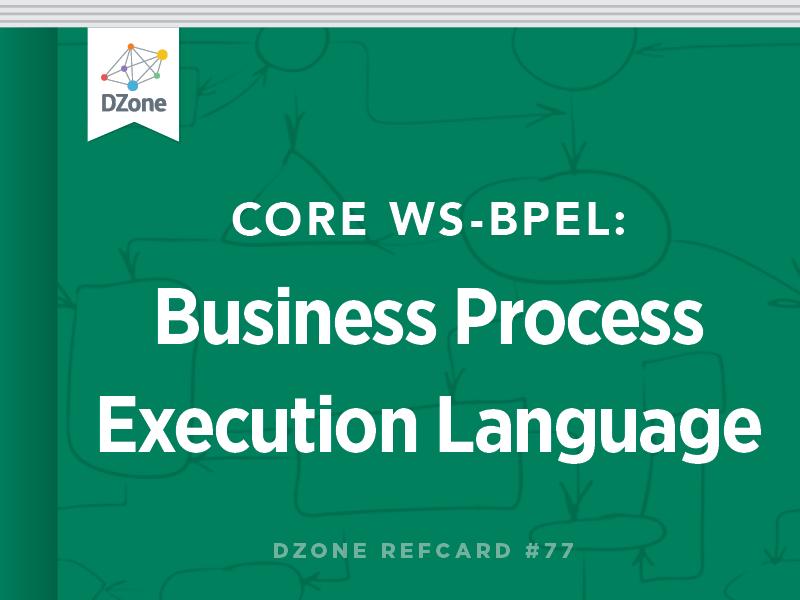<invoke>
Invokes an operation on a partner link web service.
Example:
<receive>
Waits for an incoming message (operation invocation). Typical uses: first process activity (createInstance="yes"); to wait for callbacks.
Example:
<pick>
Waits for one of several possible messages (operation invocations) or for a time-out.
Example:
<reply>
Sends a response for a request-response operation (synchronous). The request is received using either <receive>, <onMessage>, or <onEvent>.
Example:
<wait>
Waits for a specified time period or until a certain deadline.
Example:
<exit>
Immediately ends the BPEL process instance.
Example:
<empty>
This activity does not do anything. It is useful for synchronization of concurrent activities.
Example:
deadline-expr
Used in until expression of <onAlarm> and <wait>. XML Schema date or dateTime types are used to express deadlines (following ISO 8601).
duration-expr
Used in for expression of <onAlarm> and <wait>, and <repeatEvery> expression of <onAlarm>. XML Schema duration type is used (following ISO 8601).
| P |
Time duration designator. Duration expressions always start with P. |
| Y |
Follows the number of years. |
| M |
Follows the number of months or minutes. |
| D |
Follows the number of days. |
| H |
Follows the number of hours. |
| S |
Follows the number of seconds. |
| T |
Date-Time separator |


